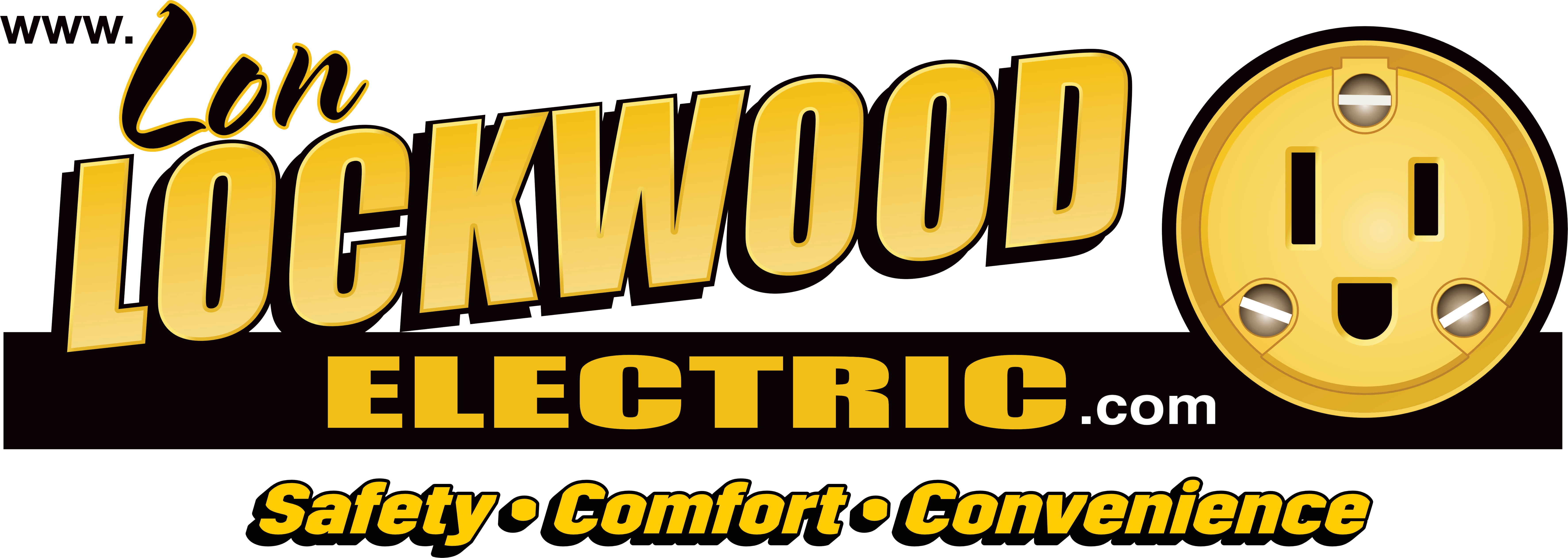Electric Car Charging Stations: The Basics You Need To Know
The number of people driving electric and plug-in hybrids continues to grow yearly. If you’re considering buying an electric car, it’s important to learn about the three levels of electric charging and the most popular places to charge an EV.
Types of Electric Vehicle Charging Stations
Charging stations come in two classes — residential and commercial. They also have three capacity levels, each taking a different amount of time to charge an electric car. Here’s what you need to know:
- Level 1 (120 V) charging: Level 1 charging is compatible with the cable that comes with every electric vehicle. Insert the three-prong plug into a properly grounded outlet, and your EV will slowly regain power. A Level 1 charger provides a full recharge (125 miles) in about 20 hours.
- Level 2 (240 V) residential charging stations: Level 2 (240 V) residential charging stations have the same power draw as a typical electric stove or clothes dryer. Depending on the car, Level 2 charging is three to seven times faster than Level 1. Because these chargers demand more electrical load, many homeowners need a panel upgrade or replacement to support the circuit safely and efficiently. This means you can easily charge your EV overnight if you install one in your home.
- Level 2 (240 V) commercial charging stations: Level 2 commercial charging stations have become the industry standard for public electric vehicle charging. They deliver the same power as residential stations but provide additional features for building owners to manage their installations.
- Level 3 (200 to 600 VDC) charging stations: Level 3 charging stations are also known as DC fast charging, or DCFC. This impressive technology can fully charge an EV in as little as 30 minutes, making it a fantastic solution for charging on the go. However, one major setback is that not all EVs have Level 3 ports. Plus, owning and managing a Level 3 station is expensive. For now, Level 2 remains the standard.
Where To Charge Your Electric Car
Charging an EV takes longer than filling up a gas tank, even with the fastest charging stations. Still, it’s easy to plan ahead and charge your car when you know you won’t need to go anywhere for several hours.
Here are the most common ways to charge an electric vehicle.
Home Charging Stations
If you primarily drive around town, you should be able to charge your EV at home consistently. Start your day fully charged by plugging in the car when you get home at night. Expect to save big compared to filling up a gas tank.
While the cost to charge an electric car depends on electricity prices, you can expect to pay about 4 cents per mile compared to 14 cents per mile to fuel a gas-powered sedan. Keep in mind that you need a Level 2 home charger to enjoy all the benefits of charging at home.
Public Charging Stations
Public charging allows you to travel further from home. Stations are often installed near college campuses, shopping centers, government buildings, and other public places.
Many are available for free, and they grant a reserved parking space at some of your favorite spots around town. Check your EV manufacturer’s website to find public charging stations near you.
Charging at Work
More and more workplaces offer EV charging as a perk to their employees. Depending on your driving habits, charging at work could provide enough power for all your travels, meaning you can effectively drive your car for free.
Install an EV Charging Station at Home
If you decide to hit the road in a new electric vehicle, you’ll probably want to install a home charging station. Lon Lockwood Electric can ease your transition to the EV lifestyle with a Level 2 charger in your garage or driveway. We use the latest EV technology to ensure your charger is safe, reliable, and conveniently placed.
Contact us at 585-766-4702 to speak with our Webster, NY, electricians about your electric car charging needs.
